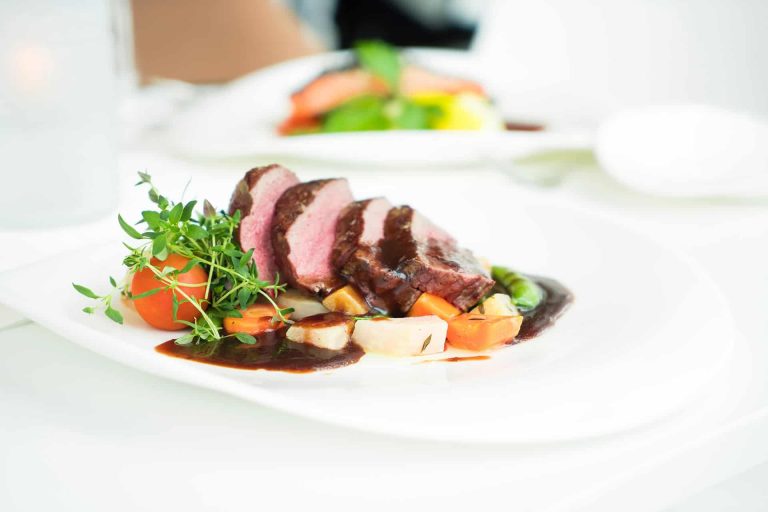From Pandas to Pagodas: 10 Unmissable Chinese Cities
China spans 9.6 million square kilometers, making it the world’s third-largest country. Its 5,000-year continuous civilization, one of humanity’s oldest, gave rise to foundational innovations like paper and the compass. Dynastic landmarks—the Great Wall, Forbidden City, and Terracotta Army—dot a landscape of extremes: the Yangtze and Yellow Rivers, Himalayan peaks, Gobi Desert, and subtropical coastlines.
Home to 56 ethnic groups, China blends ancient traditions with modern megacities. From Tibetan plateaus to neon-lit Shanghai, its geography and history intertwine, offering a microcosm of natural and human evolution.
Beijing: The Historical Heartbeat
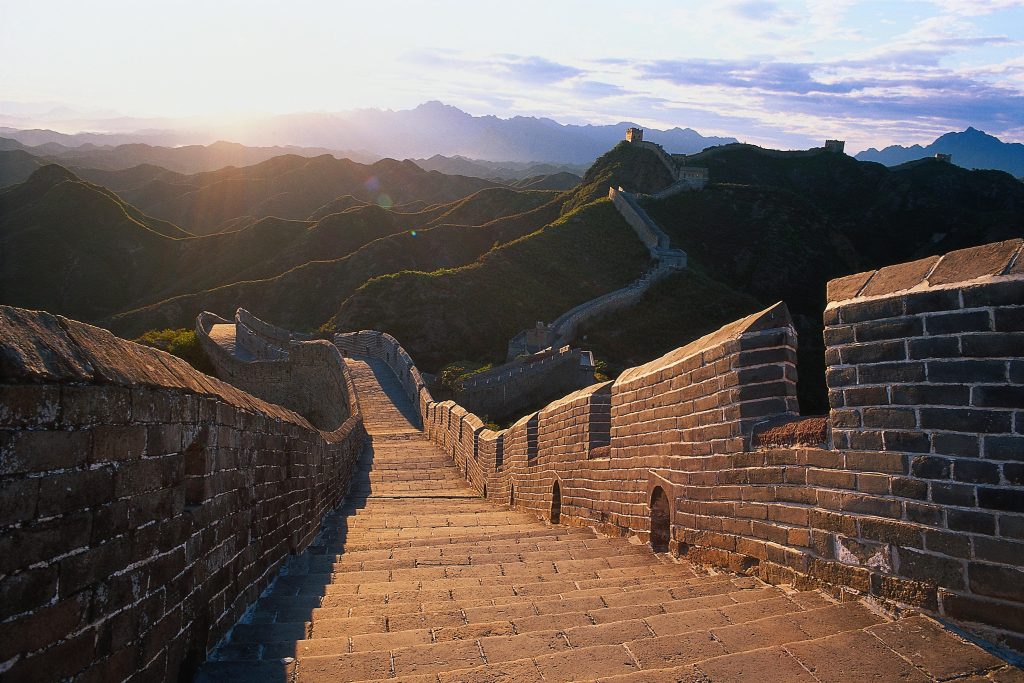
Beijing isn’t just China’s political capital—it’s a living museum where imperial grandeur collides with communist legacy. Walking through its wide, axis-aligned boulevards, you’ll sense the weight of history in every corner. This is where emperors ruled for centuries, where revolutions were plotted, and where modern China’s global ambitions take shape.
The city’s duality is striking: Traditional hutong alleyways, lined with courtyard homes and steaming dumpling stalls, sit minutes away from avant-garde skyscrapers in the Central Business District. Beijing’s culinary scene mirrors this contrast, offering everything from imperial banquet-style Peking duck to fiery Sichuan street food.
Come here to feel China’s past and present in constant dialogue. It’s a city that demands slow exploration—sip tea in a centuries-old shop, debate politics with locals in a hidden book café, or simply lose yourself in the autumn hues of its ancient parks.
Shanghai: The Future is Now

Shanghai is China unshackled—a neon-lit experiment in hyper-modernity. This coastal metropolis thrives on its reputation as the nation’s financial and cultural vanguard. Its iconic skyline, dominated by the twisting Shanghai Tower and the Oriental Pearl TV Tower, looks like a sci-fi film set come to life.
But Shanghai isn’t all glass and steel. The tree-lined French Concession area preserves art deco villas and jazz-age charm, while the Huangpu River divides the city into two eras: colonial-era Bund architecture on one side, 21st-century Pudong skyscrapers on the other.
Food here is an international affair, blending local xiaolongbao (soup dumplings) with Michelin-starred fusion cuisine. Nightlife pulses with rooftop bars and hidden speakeasies. Shanghai rewards the curious—explore its indie galleries, vintage markets, or the ever-evolving digital art scenes.
Xi’an: Where China Began
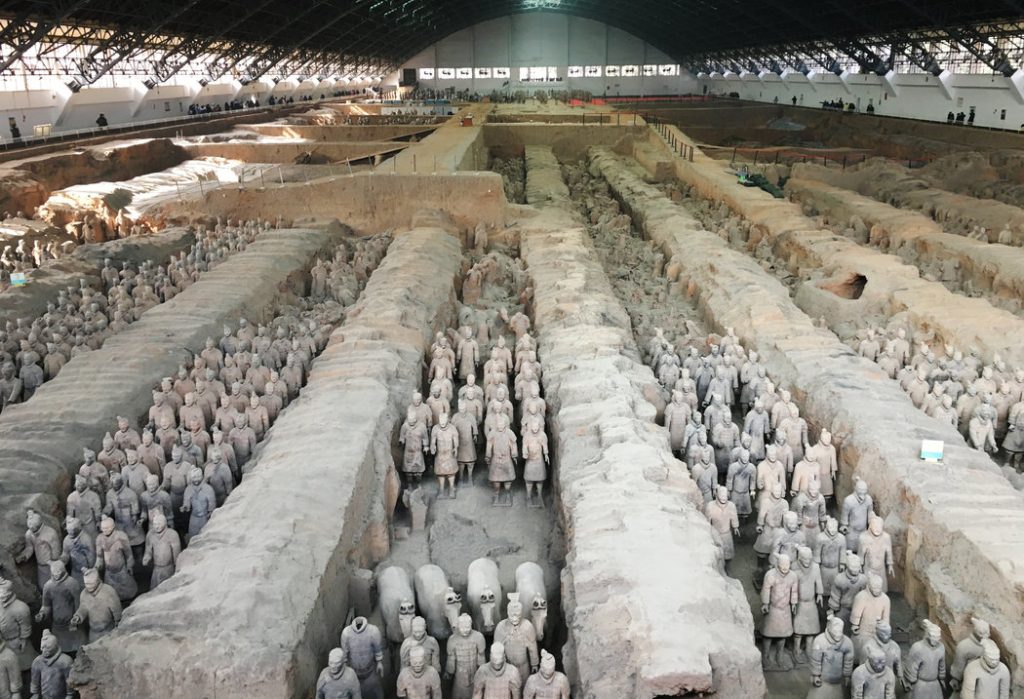
Xi’an, the eastern terminus of the ancient Silk Road, is where Chinese civilization took root. This is the city of the Terracotta Army, but its significance runs deeper: For over 1,000 years, it served as the capital for 13 dynasties, shaping China’s cultural DNA.
The intact Ming-era city walls, which you can bike atop at sunset, enclose a treasure trove of history. Muslim Quarter’s labyrinthine streets, filled with the scent of cumin-dusted lamb skewers and persimmon cakes, reveal China’s ancient multiculturalism—a Hui Muslim community has thrived here since the Tang Dynasty.
Xi’an’s energy is quieter than Beijing’s, but no less profound. Visit Taoist temples where incense has burned for millennia, or attend a Tang Dynasty music and dance show to glimpse the splendor of China’s golden age.
Chengdu: China’s Laid-Back Soul
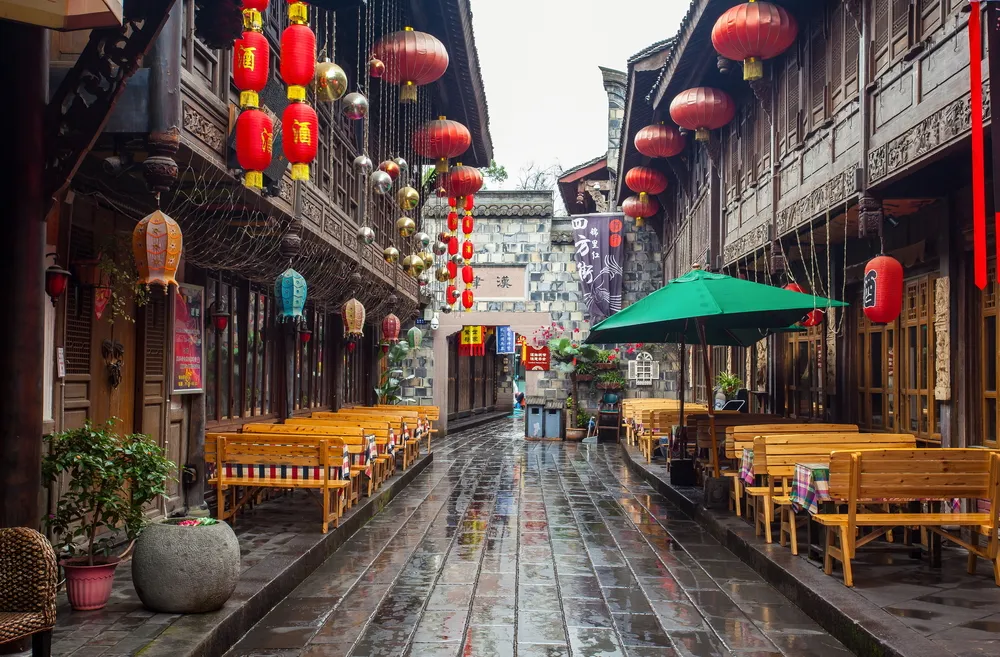
In a country known for its breakneck pace, Chengdu is an oasis of slow living. The capital of Sichuan Province thrives on a philosophy locals call “you yong”—roughly, “take it easy.” Spend an afternoon in a teahouse watching elders play mahjong, or join the crowds at a hotpot restaurant where chili-laden broths bubble ominously.
Chengdu is synonymous with pandas, but its true charm lies in its balance of tradition and modernity. Ancient opera traditions like Sichuan face-changing performances coexist with edgy tech startups and a thriving indie music scene.
The city’s spice-heavy cuisine—think mapo tofu and dan dan noodles—will test your palate, while nearby villages offer serene bamboo forests and Buddhist mountain temples. Chengdu teaches visitors to savor life’s small joys.
Guilin: A Watercolor Painting Come Alive

No first trip to China is complete without witnessing its poetic landscapes, and Guilin delivers this in spades. Located in Guangxi Province, this region’s karst mountains, winding rivers, and rice terraces have inspired Chinese painters and poets for millennia.
While Guilin City itself is a pleasant hub, the magic lies in its surroundings. Take a Li River cruise to Yangshuo, where mist-shrouded limestone peaks rise dramatically from emerald-green waters. Cycle through villages where water buffalo graze beside 1,000-year-old banyan trees, or hike terraced fields that glow golden at harvest time.
Guilin’s slower, agrarian rhythm offers respite from urban China. At night, attend a cormorant fishing demonstration under lantern light, or simply breathe in the sweet-osmanthus-scented air. This is China at its most timeless.
Harbin: Ice-Russian Charm
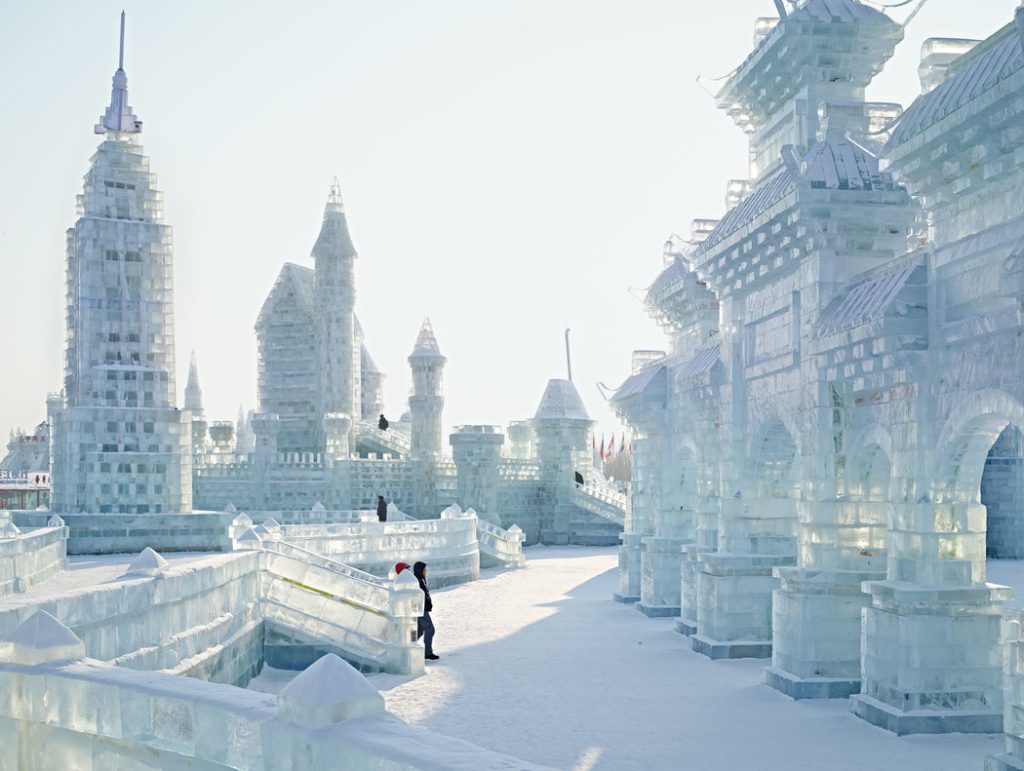
Located in northeastern China as the capital of Heilongjiang Province, Harbin boasts winter temperatures averaging -20°C, earning it the nickname “Ice City.” The city is renowned for its Russian architectural heritage—stemming from the influx of Russian settlers during the construction of the Chinese Eastern Railway in the late 19th century. The Baroque-style buildings along Central Street, known as the “Oriental Moscow,” remain remarkably preserved. The Harbin International Ice and Snow Festival, the world’s largest winter extravaganza, attracts millions annually. Harbin also embodies a cultural crossroads of Northeast Asia, where Russian sausages, Jewish synagogues, Korean cold noodles, and hearty northeastern stews coexist. As a historic industrial base, Harbin is transitioning into a hub for ice tourism and cross-border trade.
Qingdao: Brews & Bavarian Coast
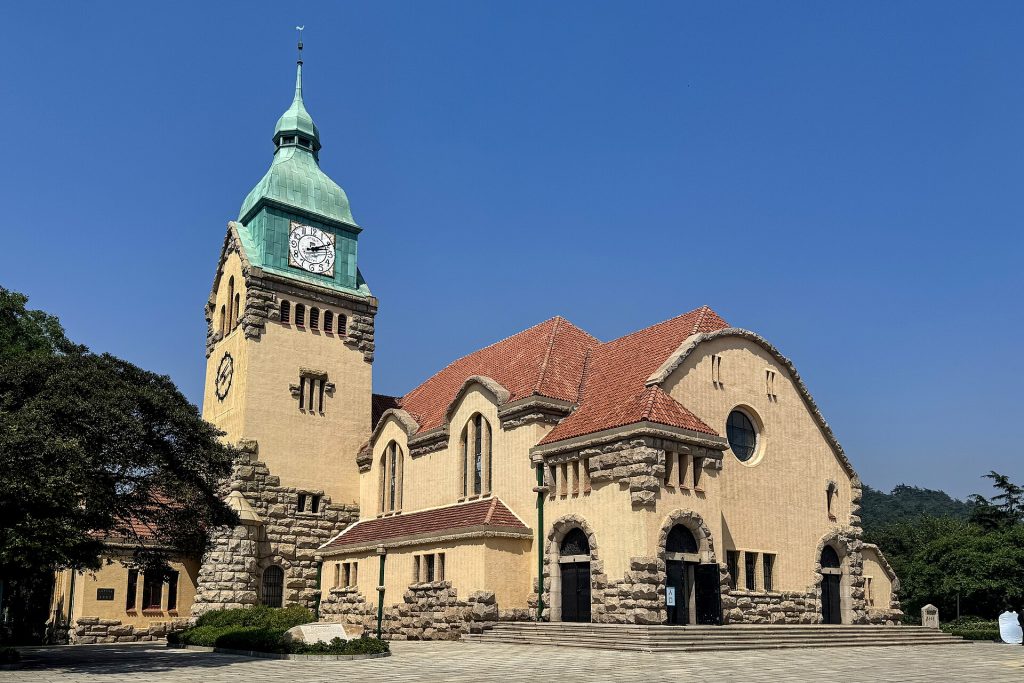
Nestled along the Yellow Sea, Qingdao was once a German concession (1898–1914). Its European charm is epitomized by the red-roofed villas of Badaguan and the Gothic-style Christ Church. As a major northern port, Qingdao’s container throughput ranks among the world’s top ten, with marine industries contributing over 30% of its GDP. The city is home to research institutions like the National Deep Sea Base. Tsingtao Beer, born from a German brewery in 1903, defines the city’s identity, with its annual August Beer Festival transforming the streets into a carnival. Taoist culture from Mount Lao, ancient relics of Jimo City, and the West Coast Film Studio reflect the blend of tradition and modernity. As the birthplace of Chinese sailing and host of the 2008 Olympic sailing events, Qingdao harmonizes coastal living with urban planning, making it a model of livability.
Kunming: Perpetual Flower Spring
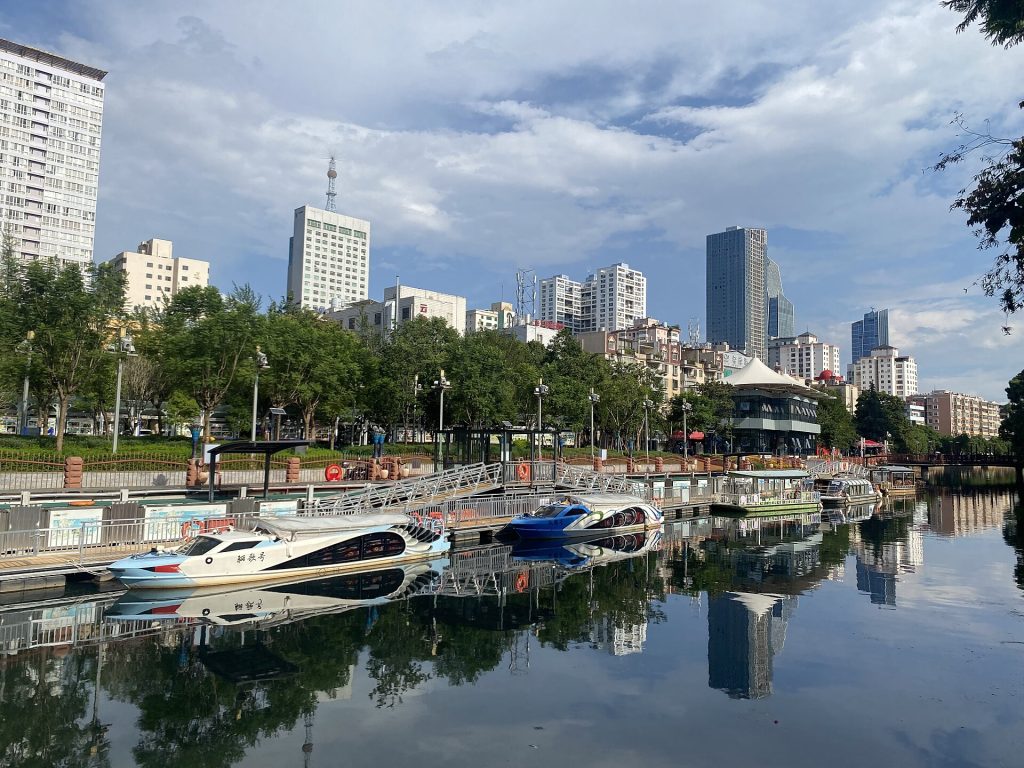
At an elevation of 1,890 meters, Kunming enjoys a year-round spring-like climate (15°C average) and is dubbed the “City of Eternal Spring.” It hosts Asia’s largest fresh-cut flower market (Dounan Flower Market), supplying 30% of the world’s cut flowers. As the capital of Yunnan, it is home to 26 ethnic minorities, with festivals like the Torch Festival and Water-Splashing Festival celebrated year-round. Kunming serves as China’s gateway to Southeast Asia, with the China-Laos Railway and Pan-Asian rail network originating here. Nearby attractions include Fuxian Lake (China’s second-deepest freshwater lake) and the Stone Forest karst formations. The Kunming Institute of Botany houses the world’s second-largest wild plant seed bank, solidifying the city’s role in biodiversity conservation. It is also emerging as a digital economy hub for South and Southeast Asia.
Suzhou: Canals & Classical Gardens

Suzhou, immortalized in the saying “Above there is heaven; below there are Suzhou and Hangzhou,” is a classic Jiangnan watertown nurtured by the Grand Canal and Lake Tai. Its 35 km of canals retain the Tang Dynasty’s “parallel land-water” street layout. A silk production center since the Song Dynasty, Suzhou’s jade carvings, embroidery, and furniture became imperial tributes during the Ming and Qing eras. Kesi silk weaving, a UNESCO Intangible Cultural Heritage, originated here. The Suzhou Industrial Park (established in 1994), a pioneering Sino-foreign economic zone, now leads in biopharmaceuticals and nanotechnology, with GDP consistently topping China’s prefecture-level cities. The city juxtaposes Pingtan opera’s soft melodies and cutting-edge tech parks, blending ancient walls encircling the old town with skyscrapers around Jinji Lake—a testament to its evolution from a handicraft hub to a modern innovation powerhouse.
Dunhuang: Desert Silk Art Hub
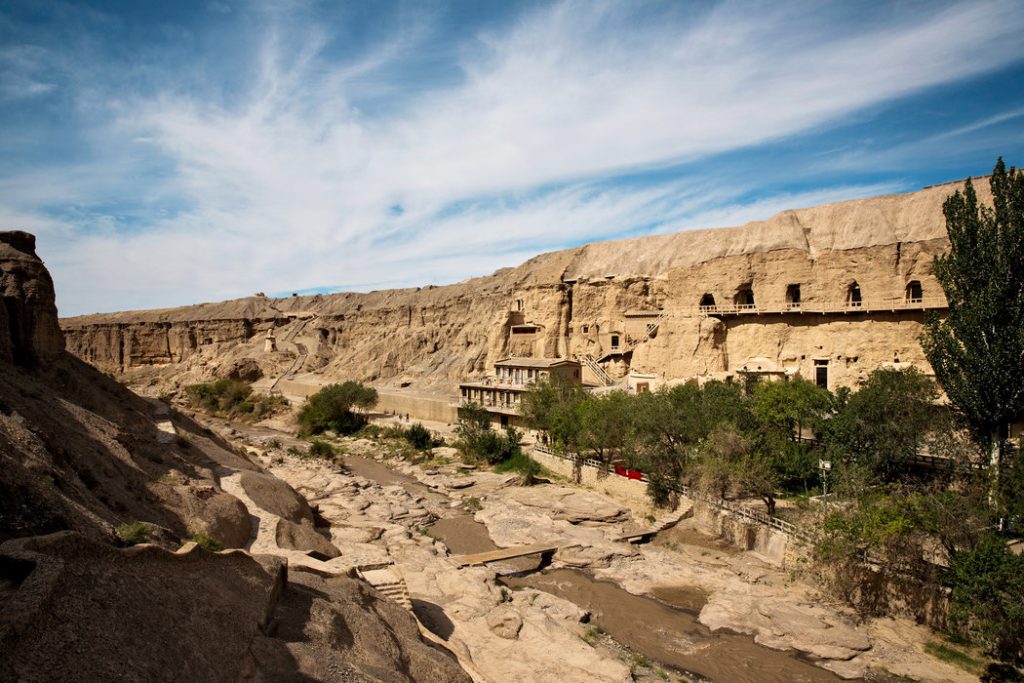
At the western end of the Hexi Corridor, Dunhuang was the Silk Road’s strategic junction, where caravans diverged toward Central Asia or India. The Mogao Caves’ 492 grottoes preserve Buddhist murals spanning the 4th–14th centuries, blending Persian pigments, Indian Gandharan artistry, and Chinese aesthetics. The Singing Sand Dunes and Crescent Lake showcase desert-oasis ecology. As China’s first national cultural reserve, Dunhuang leads in digital heritage preservation, with its annual Silk Road International Cultural Expo turning this town of 180,000 into a testing ground for “digital Dunhuang” and metaverse conservation. Its arid climate also supports Asia’s largest optical telescope array, where stargazing meets ancient astronomical research.


